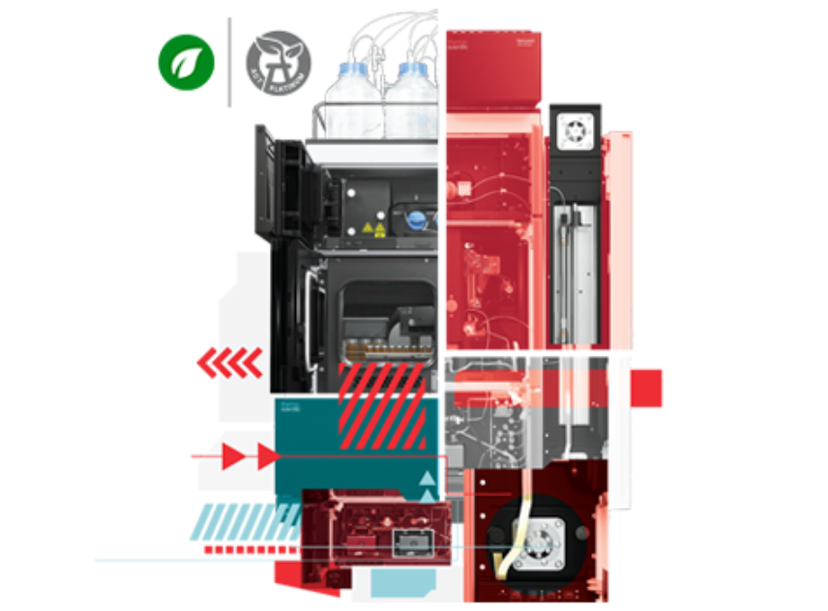Thermo Fisher Scientific introduces first ACT platinum-certified LC system with torque-controlled fittings
New system is designed to deliver smarter usability, greater sustainability, and improved lab productivity across a wide range of LC applications
20 Oct 2025
Thermo Fisher Scientific launches enhanced Vanquish™ LC Systems
Thermo Fisher Scientific has announced significant enhancements to its Vanquish™ HPLC and UHPLC systems, designed to deliver smarter usability, greater sustainability and improved lab productivity with liquid chromatography (LC) separations.
Designed for use across pharmaceutical, biopharmaceutical, food and beverage, environmental and academic laboratories, the upgraded systems are the only systems to feature torque-controlled Thermo Scientific™ Viper™ TQ UHPLC fittings and are the first LC systems to achieve a Platinum ACT™ Ecolabel 2.0 certification for environmental impact analysis.
Ideal for research, analytical development, QC environments and labs with variable staffing or training levels, the Viper TQ UHPLC supports regulated and routine applications requiring consistent data quality, simplified workflows and customers who demand more sustainable workflows in their lab.
As laboratories strive to improve throughput and minimize rework, fluidic leaks remain one of the most common and costly sources of error. The Viper TQ UHPLC fittings with tool-free, torque-controlled technology are the first to be offered as standard by an LC instrument vendor. This feature provides confidence through an audible click when secure connections are made, helping users of all experience levels avoid overtightening or under tightening – preventing leaks, downtime and the need to reanalyze samples.
With the new Vanquish Sample Hub module, the instrument can hold up to 23 sample racks instead of four, enabling extended user free automated instrument operation. Smart features like vial-bottom detection assist the system to maximize utilization of limited sample volumes, and the touchscreen guides users through setup, operation and routine maintenance.
Together, these upgrades make workflows faster and let the instrument process more samples in less time, while giving a clear view of its environmental impact to support sustainability and responsible use of resources.
